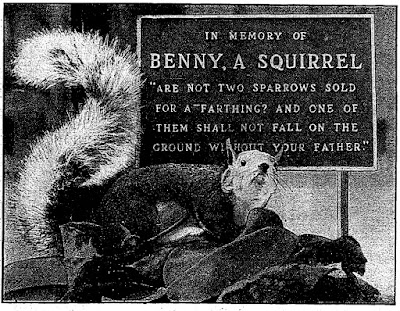Pershing Square in Downtown Los Angeles was last redesigned in 1994. That layout has been found to be lacking in various respects, leading to a design competition hosted by Pershing Square Renew under the direction of Councilman Jose Huizar. On May 12, 2016, Agence Ter was selected as the competition winner, with a simple, lawn plan. However, the proposed design leaves unresolved numerous questions about the disposition of the park's existing historic elements, comprised of three statues (among them the city landmark Spanish American War Memorial), metal plaques and spoils of war (cannon).
We are calling on the Department of Recreation and Parks, Pershing Square Renew, Councilman Jose Huizar, the Art, Parks and River Committee of City Council and design team Agence Ter to honor the history of Pershing Square, L.A.'s oldest park, with a commitment to retain the park's historic monuments on site and return them to their traditional locations within the park. We also call for the return of the highly-decorated 18th century bronze siege cannon removed from the park at the time of the 1951 redesign (presently at the Maritime Museum in San Pedro), the return or recreation of the two missing plaques honoring Mrs. Willoughby Rodman and Arbor Day (1919) and Benny, A Squirrel (1935), and the restoration of the truncated base of the landmark Spanish American War Memorial.
If you agree, please sign the petition and spread the word. Learn more about Pershing Square's historic monuments below.
If you agree, please sign the petition and spread the word. Learn more about Pershing Square's historic monuments below.
Sculptures
• Spanish American War Memorial, Seventh Regiment Monument (1900), by Samuel M. Goddard & Kilpatrick, consulting architects Theodore Eisen and Sumner Hunt, original base truncated. Historic-Cultural Monument No. 480. The oldest piece of public art in Los Angeles. Originally placed at the park's north east corner, opposite the bronze siege cannon "Count d'Argenson."
• The Doughboy (1924), by Humberto Pendretti, pedestal designed by architects Clifford A. Truesdell and Henry Carlton Newton, originally placed at the park's northwest corner.
• Beethoven, William Andrews Clark, Jr. Memorial Statue (1932), by Arnold Foerster, originally placed on the park's central north side, looking across Fifth Street toward the Philharmonic Auditorium.
Spoils of War
• The iron cannon (1798), last used aboard the U.S.S. Constitution, presented by the Army and Navy Club No. 294 American Legion on July 4, 1935, dedicated to the memory and valor of all veterans who served under the American flag, originally placed at the park's southwest corner.
• Missing, location known: The highly-decorated bronze siege cannon named "Count d'Argenson," forged by Bérenger at Douai, France (1751), captured in 1898 at Santiago, Cuba by American Forces under the command of Major General William R. Shafter, presented to Los Angeles by Major General Shafter in 1899, and originally placed at the park's northeast corner opposite the Spanish American War Memorial, Seventh Regiment Monument as part of the memorial to those who served in that war. This cannon was removed from Pershing Square at the time of the 1951 redesign, then displayed at Travel Town in Griffith Park, and is presently on view at the Maritime Museum in San Pedro.
Plaques
• Marking the Memorial Ceremonies of the Centennial of the birth of General John J. Pershing held here on September 13, 1960, original location unknown.
• History of Pershing Square placed by Woodmen of the World of Omaha, Nebraska on July 31, 1961, original location unknown.
• Missing, location unknown: bronze tablet reading "Los Angeles Park Commission in honor of Mrs. Willoughby Rodman, who founded Arbor Day in Los Angeles, 1903" originally placed March 7, 1919 at the base of a rubber tree inside the park.
• Missing, location unknown: bronze monument to "Benny, A Squirrel," killed by a car while crossing Olive Street, placed October 30, 1935 at the base of a small walnut tree grown from a nut planted by the late creature, originally placed near the park's northwest corner.
Do it for Benny: sign the petition today!










